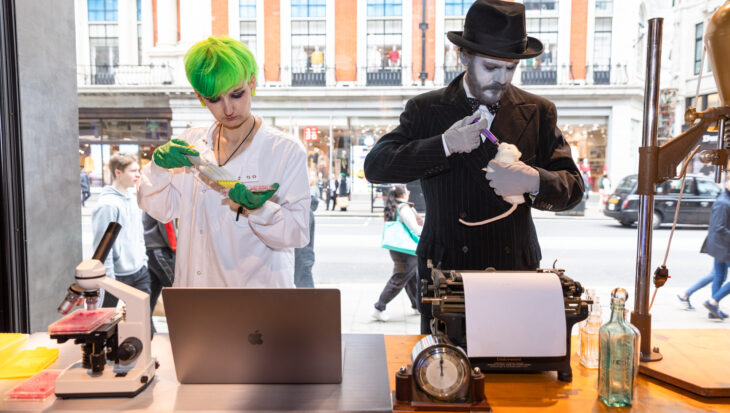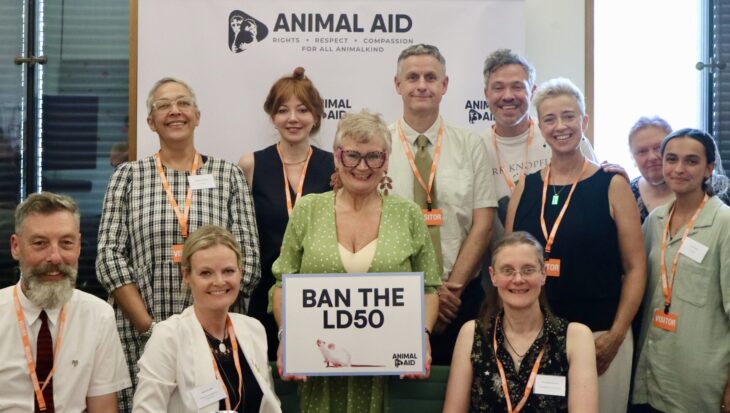The so-called ‘Lundy Seabird Recovery Project’ consists of English Nature, the Landmark Trust, the National Trust and the RSPB. The Project’s sole aim is to eradicate all the rats on the island, including the extremely rare black rat, as they claim they are eating the eggs of seabirds, despite scientific evidence to the contrary.
There are approximately 3000 poison traps on the island, supposedly fitted with a wire to prevent access by non-target species. However, the investigation reveals that this was not the case with 50% of them! This failing greatly increases the risk of poison exposure to other species, such as the highly valued pygmy shrew, whom it is an offence to destroy under the Wildlife & Countryside Act. Similarly, the video shows sheep and chickens grazing immediately next to the poison traps, with the poison openly exposed! This presents the prospect of poison entering the human food chain via the much vaunted Lundy lamb.
The rat eradication programme began in January, and the Project maintained it would be completed by March – the beginning of the tourist season. However, it is now April and the traps are still there, despite tourists flocking in. The traps are not marked with warning signs, and there are no signs anywhere on the island warning visitors of the poisoning programme.
The Lundy warden claims that there are only 15-20 rats left on the island. However, given the fact that only four carcasses have been found, it is unclear how he arrived at this estimate. It is unlikely that the rats are dying underground, as this would be counter to their innate behaviour.
Says Animal Aid Campaigns Officer, Becky Lilly:
“It is clear that the poisoning programme has not been as effective as the Notorious Foursome would have hoped. We find it disgraceful that the poison is unmarked and fully exposed to whoever cares to touch it. Of particular concern is the fact that poison is present in areas where children play – they could easily handle the poison out of curiosity. We feel as though we have been strongly misled by the organisations involved, who implied that the cull would be taking place with the utmost care and professionalism. Hopefully, there still may be time to stop this cull and save the remaining rats!”
Notes to Editors
- For more information call Becky Lilly on 01732 364546.
- We have an ISDN line for broadcast-quality interviews.
- Animal Aid has been campaigning against the Lundy rat cull since October 2002 on the basis that there is no evidence to support it. Click here for the background to the campaign.
- Copies of the footage obtained are available in video or photographic format.
- Lundy is a small island 11 miles off the Devon coast and is home to one of the only remaining UK colonies of black rat.
- The poison to be used is difenacoum, a 2nd generation anti-coagulant. It is contained within a cereal base within a wax block. The poison traps consist of a tube approximately 75cm long and 10cm in diameter. They are meant to have a wire at each end to prevent access by larger mammals. The poison is inserted through a hole in the top which is supposed to be covered.


